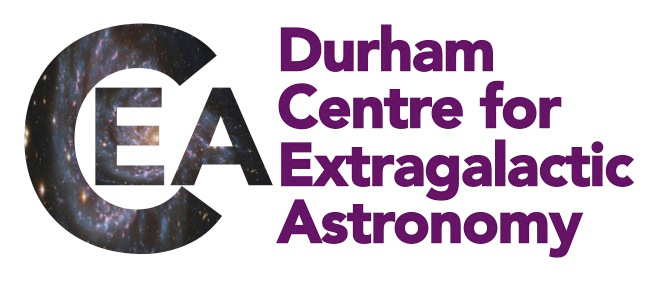CEA News, May 2021
CEA Astronomer Awarded Oserving Time on the James Webb Space Telescope
Dr. David Rosario has been awarded observing time during the first year of the the next-generation James Webb Space Telescope (JWST) to explore the nature of dusty winds launched by nearby supermassive black holes.
 Artist’s impression of the James Webb Space Telescope (JWST) in orbit. (Image Credit: Adriana Manrique Gutierrez, NASA Animator)
Artist’s impression of the James Webb Space Telescope (JWST) in orbit. (Image Credit: Adriana Manrique Gutierrez, NASA Animator)
JWST is the next great space observatory, a successor to the legacy of the Hubble Space Telescope. A joint mission involving the space agencies of the United States, Europe (including the UK), and Canada, its forthcoming launch towards the end of 2021 has been anticipated for years. JWST will have game-changing capabilities in the infra-red (IR), particularly important for the study of exoplanets and the early Universe. Its extremely sensitive IR eyes will also give us the clearest and deepest view of the structure and properties of warm dust threading interstellar space in both nearby and distant galaxies.
 Artist’s impression of a dusty outflow launched by an AGN. Link to original press release: here. (Image Credits: ESO/M. Kornmesser)
Artist’s impression of a dusty outflow launched by an AGN. Link to original press release: here. (Image Credits: ESO/M. Kornmesser)
Growing black holes in the centres of galaxies remain some of the most enigmatic and mysterious objects in astronomy. Known as Active Galactic Nuclei (AGN), they are often enshrouded by a disc of dust and gas that acts as both a reservoir of fuel and, sometimes, a cloak to hide their bright radiation from view. Previously too small to disentangle in even the nearest galaxies, the details of these discs will finally be revealed by JWST through their IR light. An exciting new twist comes from the increasing evidence that part of the dense cloak around an AGN arises from a dusty wind blown away from the black hole by its intense radiation. These winds are a major way for black holes to connect to the larger galaxies that they live in, through a feedback loop that transports gaseous material and energy.
Using JWST, Dr. Rosario will obtain the most sensitive pictures ever taken of dusty winds around a number of bright AGN in nearby galaxies. His programme is part of an international effort to explore the feedback processes cycling through the immediate environments of some of the most picturesque supermassive black holes in the local Universe. This collaboration, called the Galaxy Activity, Torus, and Outflow Survey (GATOS), has garnered more than 50 hours of highly-competitive JWST time, which will be used in concert with spectacular supporting data from a slew of the best telescopes on earth and in space. Stay tuned for incredible science and superb images from David’s desk at the CEA!

